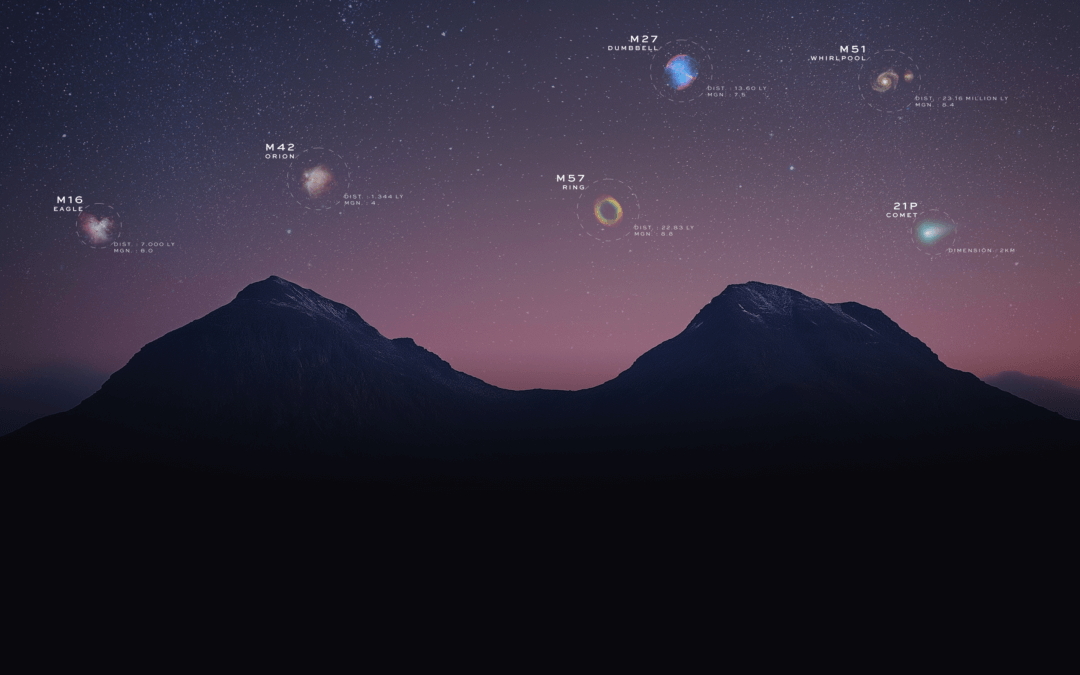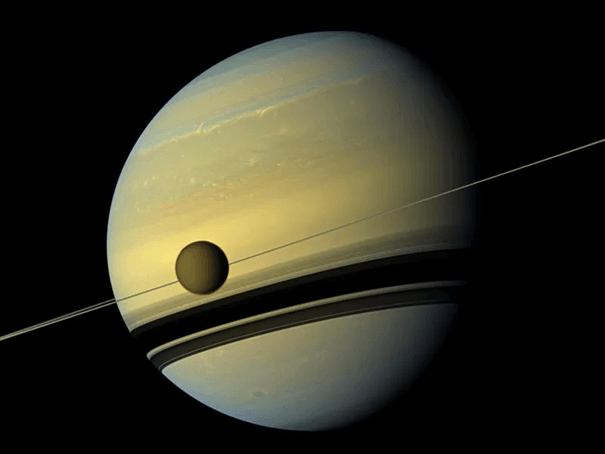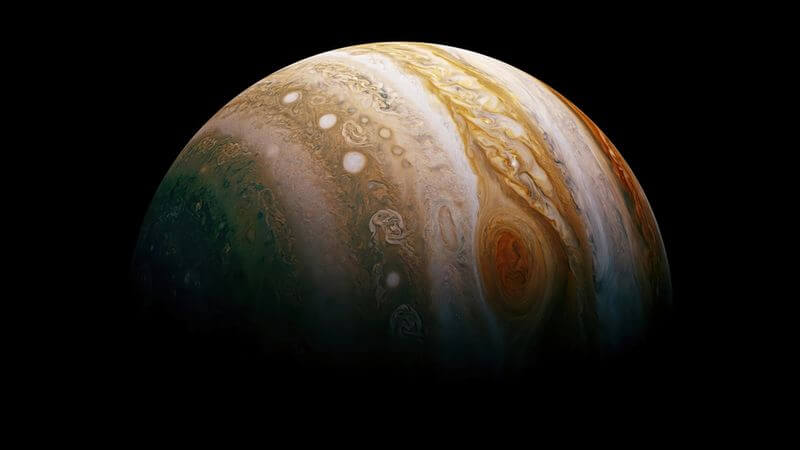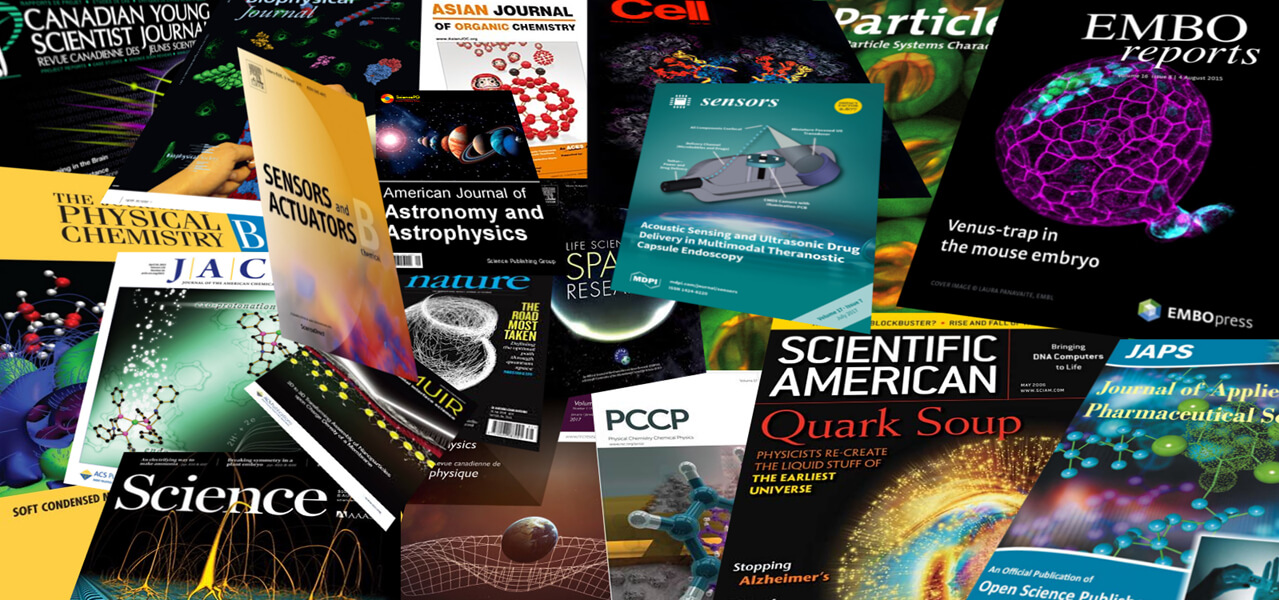Simply put, the main difference between galaxies and nebulae are an extreme difference in size, as well as their basic structure. A nebula is a cloud of dust and gas, usually tens to hundreds of light years across. A galaxy is much larger — usually thousands to hundreds of thousands of light years across. Nebulae are one of the many things that galaxies are made of, along with stars, black holes, cosmic dust, dark matter and much more.
Let’s take a look at some examples.
Nebulae
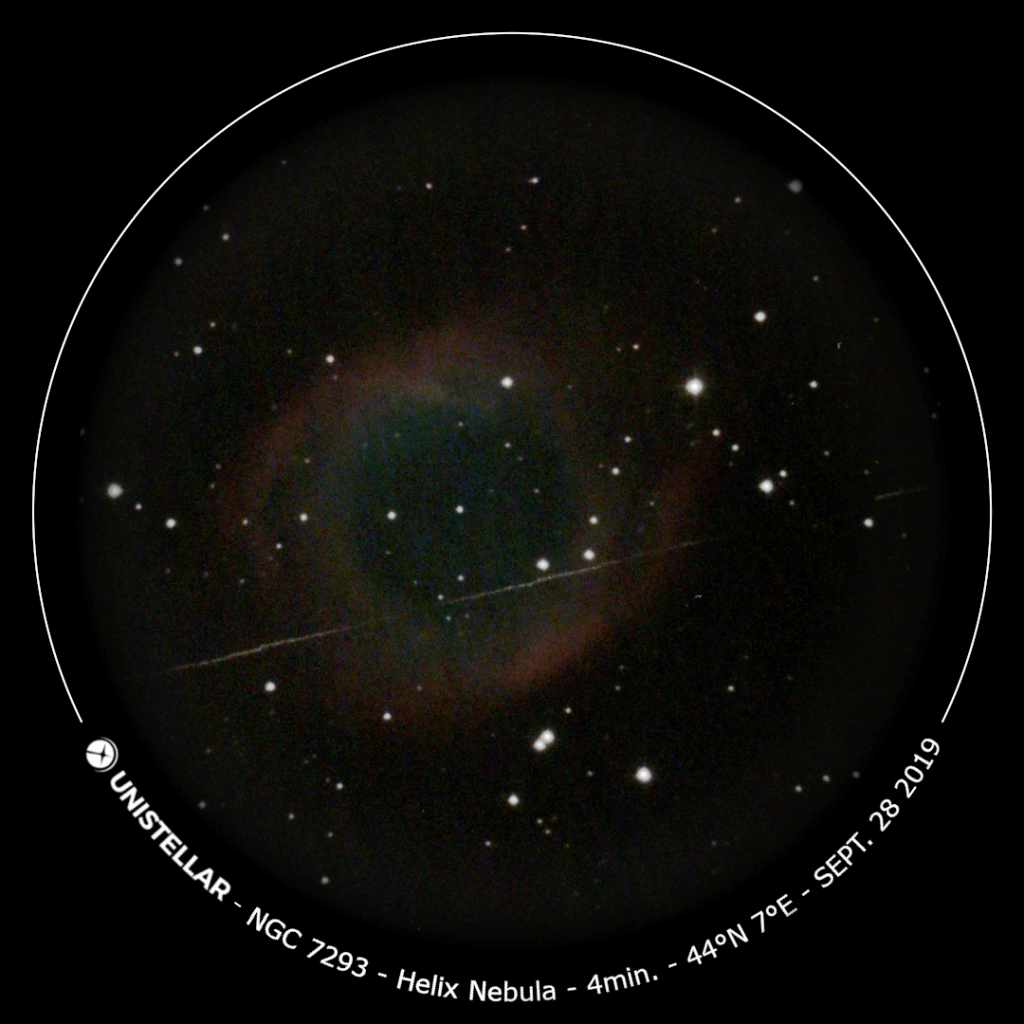
The closest nebula to us is the Helix Nebula (NGC 7293), pictured above. It is 650 light years away and about 6 light years across. If you’re wondering, a light year is the distance that light travels in a vacuum over the course of one year, which is 5.88 trillion miles (9.46 trillion km). This means that it takes 650 years for light from the Helix Nebula to reach us here on Earth. When we look into our eVscope, we’re seeing the Helix Nebula as it was 650 years ago!
The Helix Nebula is a planetary nebula, meaning that it formed from a dying star as it ejected its outer layers. Those outer layers, made of gas, expand and form the shape of the nebula. In case you are wondering, planetary nebulae have nothing to do with planets! In the center of the Helix Nebula is a white dwarf star, the remnant core of the star that formed the nebula itself. In about 5 billion years when our Sun reaches its final life stages, it will also form a planetary nebula and leave a white dwarf in its place. The view of our Sun’s planetary nebula from our neighboring star system Alpha Centauri will be a sight to see!
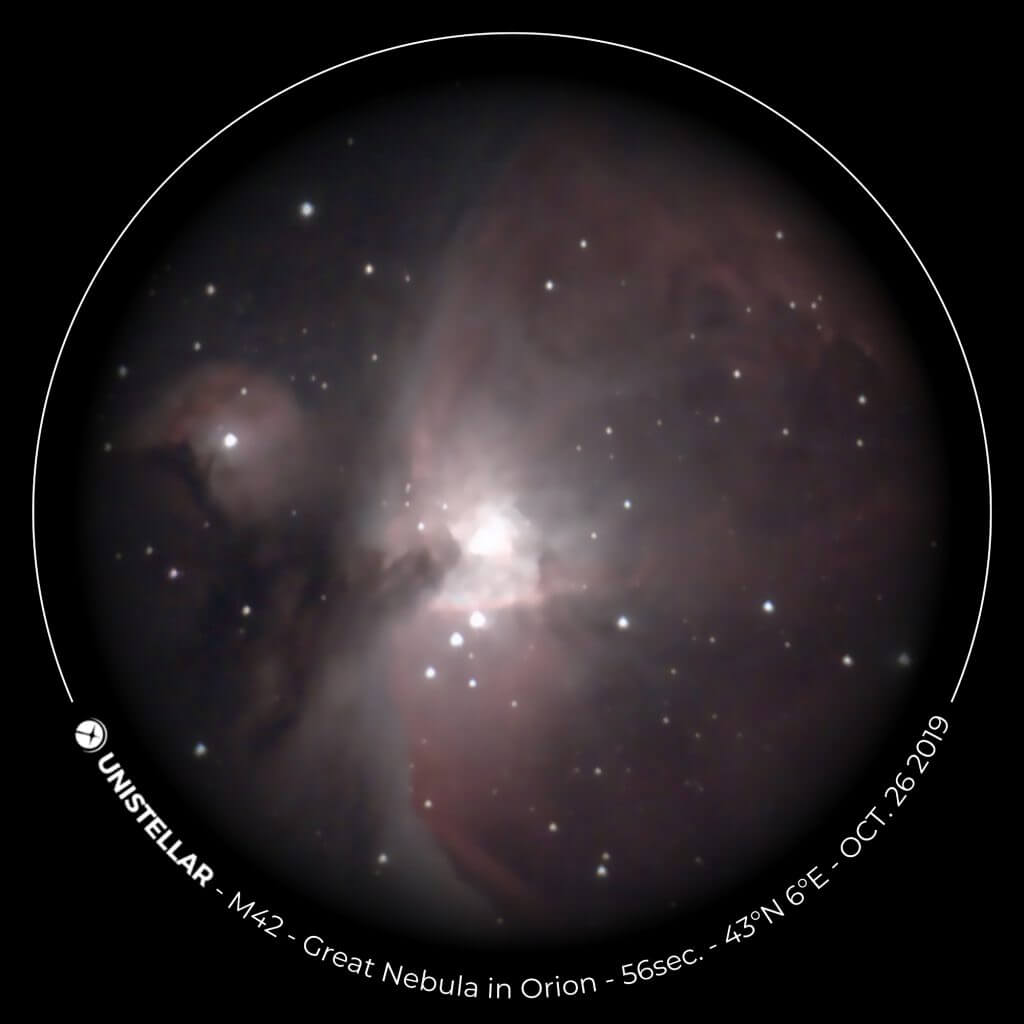
The Orion Nebula (M42), is one of the most photographed celestial objects, being one of the brightest nebulae that is even visible to the naked eye. It is located within our Milky Way galaxy, like the Helix Nebula, but is about double the distance away and is about 4 times the size. Like most nebulae, M42 is a diffuse nebula, meaning it has no well-defined boundaries. It is also a stellar nursery – home to hundreds of stars being born.
Galaxies
We are located in a galaxy called the Milky Way that stretches about 150,000-200,000 light years across. I’d really like to show you an image of our Milky Way, but there’s no way to take one because we’re in it! Here is a panorama taken of the visible part of the Milky Way from Earth. In terms of structure, our galaxy is a barred spiral galaxy and contains a supermassive black hole at its center. The Milky Way is home to hundreds of billions of stars and is estimated to have more than 100 billion planets!
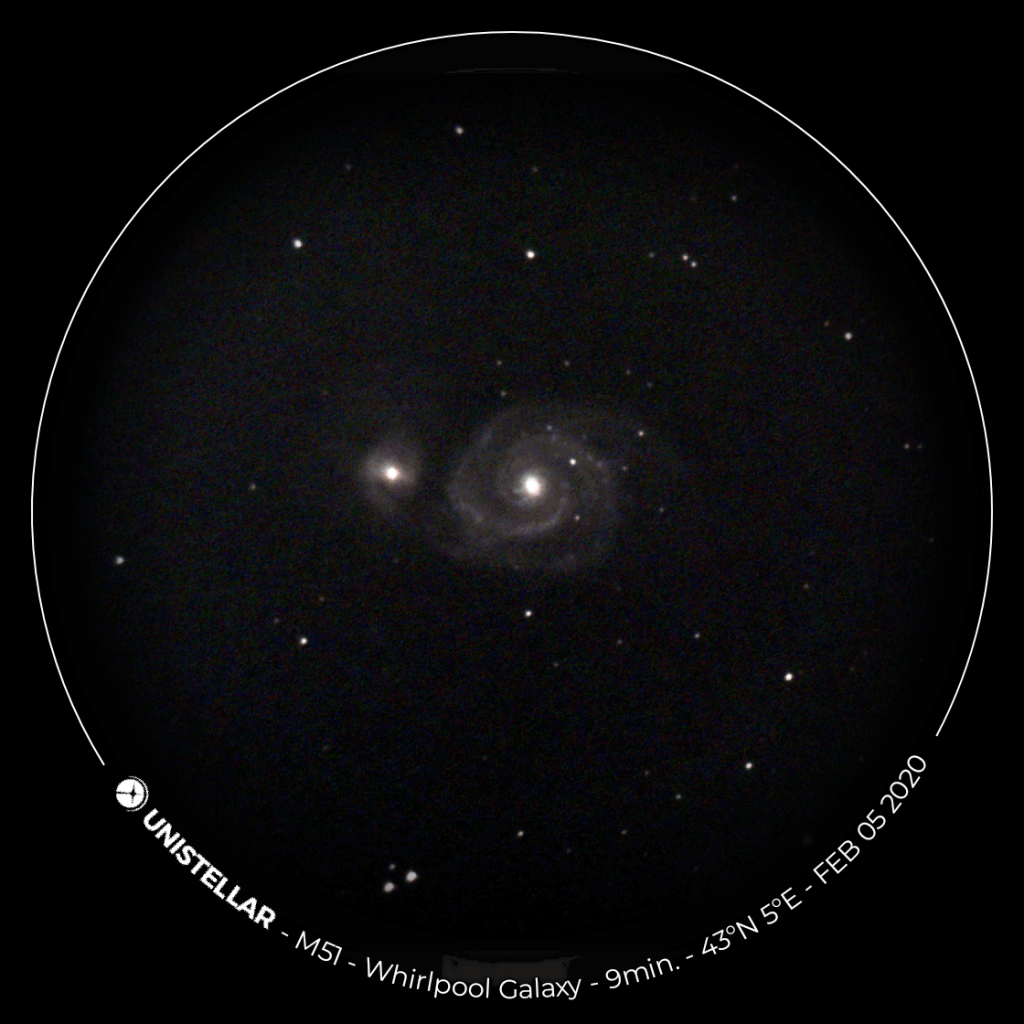
The Whirlpool Galaxy (M51) is a spiral galaxy, located about 23 million light years away. To give you an idea of size, it is about 75% the size of our Milky Way. The Whirlpool Galaxy actually consists of two galaxies: a large spiral galaxy (M51a) and its companion, a dwarf galaxy (M51b). They are a pair of interacting galaxies, meaning their gravity affect each other so much that it is changing their shape. Both galaxies are slowly merging, and currently, M51b is enhancing the spiral structure of M51a. Eventually, M51b will fully merge into M51a.
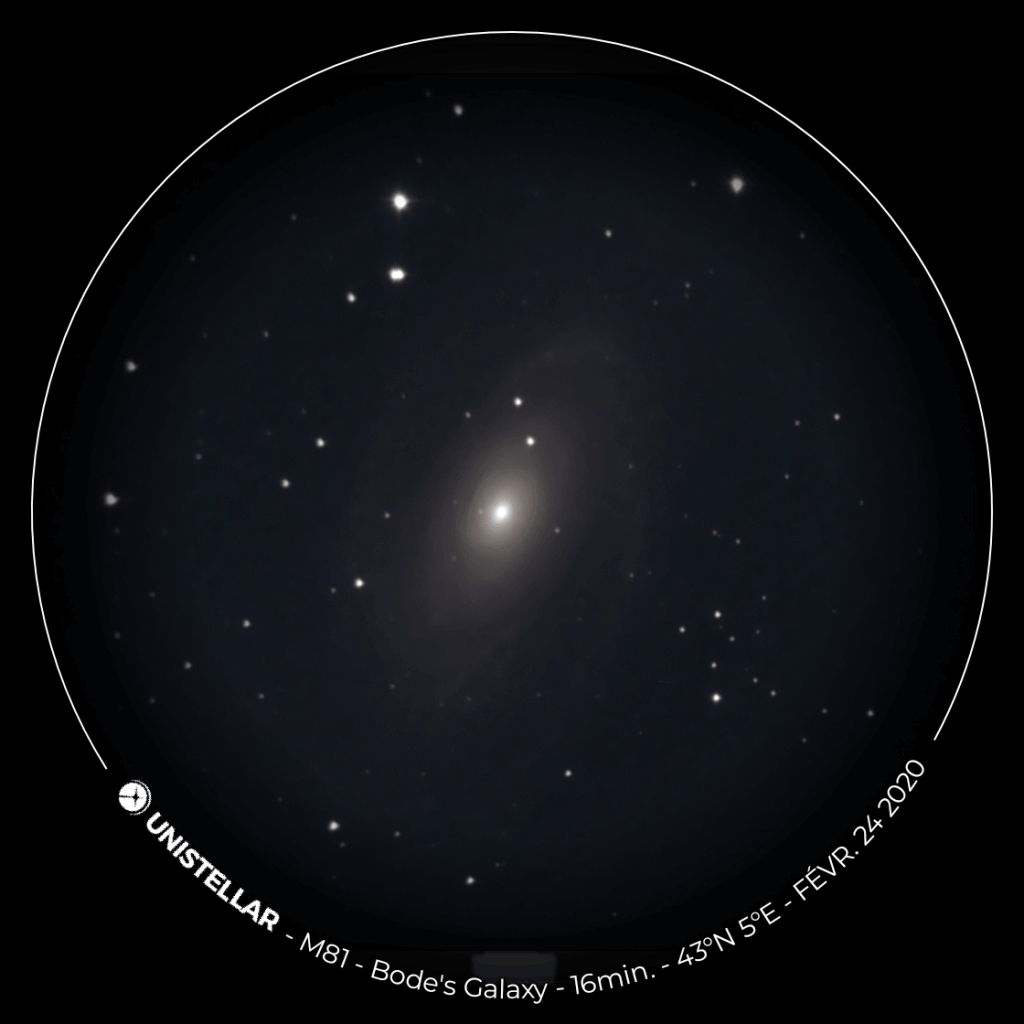
Bode’s Galaxy (M81) is also a spiral galaxy. Located about 12 million light years away, M81 is about half the size of our Milky Way and contains over 250 billion stars! In its nucleus lies a supermassive black hole that has 70 million times the mass of our Sun. M81 is the largest galaxy of the M81 Group, one of the closest groups of galaxies to the Local Group that our own galaxy is part of.
Ready to check out galaxies and nebulae that are visible in the night sky? If you have an eVscope, you can search for galaxies and nebulae right on the app!
- Click on the second icon on the bottom left (that has a ringed planet). It will say ‘Explore’ when it is selected.
- Find your favorite galaxies and nebulae listed under the ‘Recommended by Unistellar’ category.
- Once you’ve found one, select ‘Go to’ and your eVscope will automatically find and track its location.
- Share your pictures with us. We’d love to see them!
Further readings
3 Reasons to observe this month
Every month, discover three unmissable celestial events to observe with your Unistellar telescope.
Two spooky appearances in the sky for Halloween
Every month, discover three unmissable celestial events to observe with your Unistellar telescope.
3 Reasons to observe this month Halloween Edition
Every month, discover three unmissable celestial events to observe with your Unistellar telescope.
Titan’s shadows
This summer, the ringed planet Saturn takes centre stage in our night sky, offering amateur astronomers a rare opportunity to observe fascinating transient events.
Observing Eclipses on Jupiter: Cosmic Spectacles Through a Telescope
The latest Unistellar App Update, version V3.0, is now live. Explore a smooth stargazing experience !
Unistellar Community Included In Multiple Scientific Papers
Did you know Unistellar Citizen Astronomers are often cited in published scientific papers? Find out how you can contribute too!

